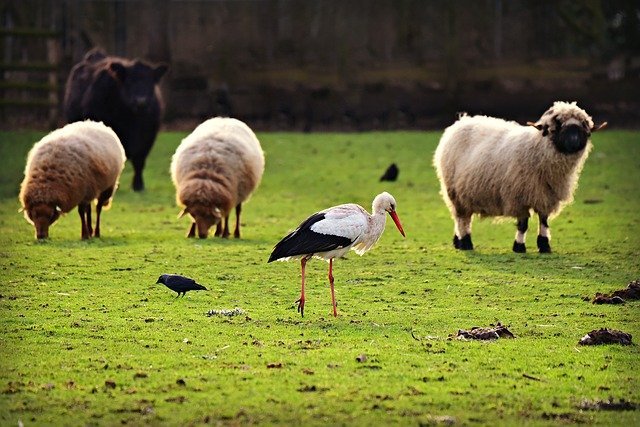November 18 The latest ecological research paper published in the international academic journal “Nature-Communication” under Springer Nature shows that according to a global analysis, the The pace of life is accelerating-life expectancy is shortened, development is accelerated, and reproduction is more and faster.
The research results related to the acceleration of migration and life rhythm may be of significance for predicting how birds and mammals with different life histories respond to environmental changes.
The paper pointed out that migration comes at a price, but billions of animals still migrate every year. It is currently unclear how life history strategies (such as life expectancy, development and fertility) affect migratory and non-migratory species.
The authors of the paper, Stuart Bearhop and Andrea Soriano-Redondo from the University of Exeter, UK, and colleagues, are controlling the evolutionary history and body size After considering geographical factors, more than 700 species of birds and 540 species of mammals were compared to study the possible relationship between migration and life history.
They found that the pace of life of migratory species is faster than their non-migratory relatives. This result confirms the existing research results: it predicts the time, energy and risk associated with migration, and there is a trade-off between the investment in survival and reproduction of organisms.
The authors of the paper also found that among swimming and walking species, migratory species tend to be larger, while in flying species (such as bats and most birds), migratory species tend to be smaller. They believe this is because the energy cost of migration varies with body type to different degrees between swimming/walking and flying species.
The authors of the paper concluded that the above findings may have some significance in predicting which species are more likely to be affected by environmental changes. They call for more research on relatively under-researched migratory species, such as reptiles, amphibians and insects.



